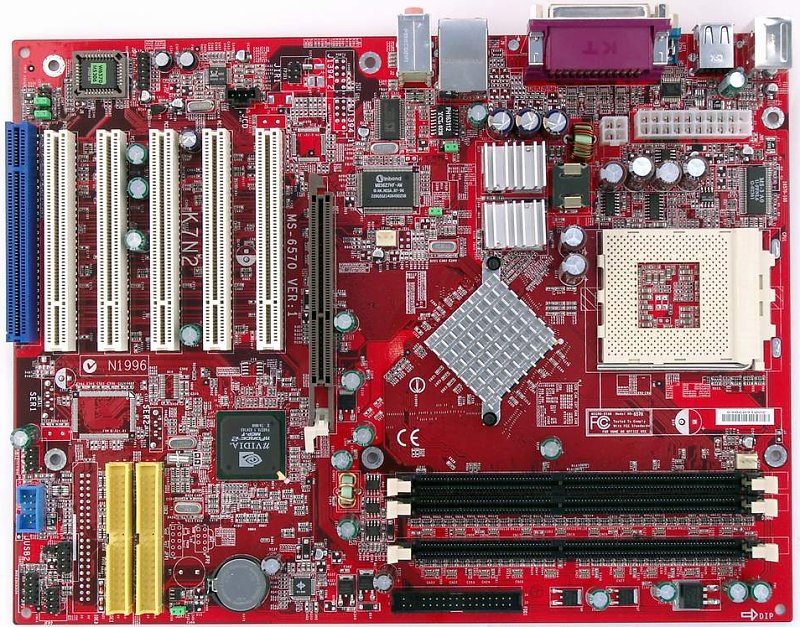The big picture: AMD's drive to design ever-larger Epyc processors has produced an enormous new socket. Called the SP5, it's about a third the size of a mini-ITX motherboard, while each processor's package is almost four times the size of a regular Ryzen processor.
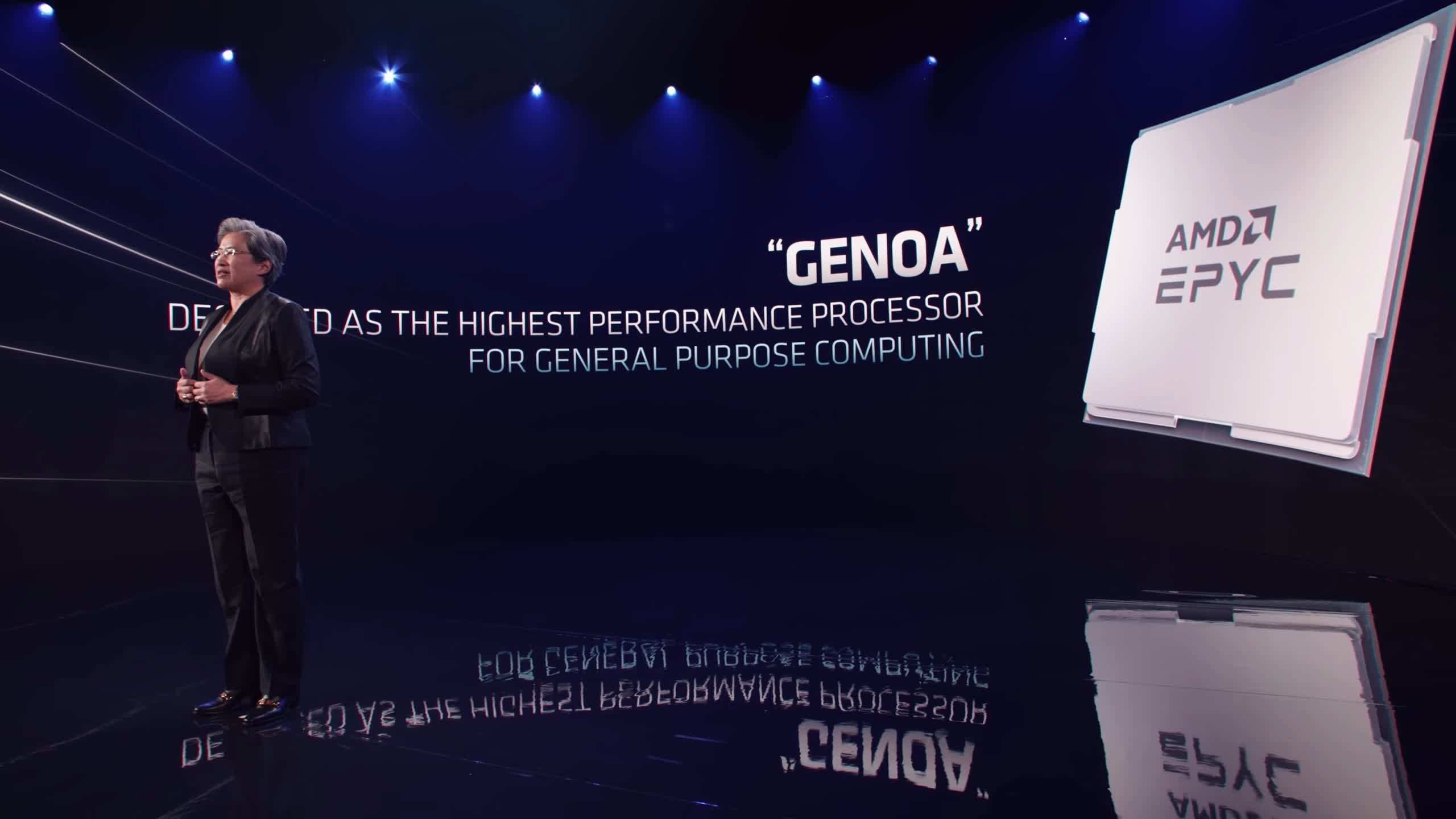
AMD announced the Epyc 7004 CPU series, codenamed Genoa, in November last year. It uses the Zen 4 architecture and is built on the TSMC N5 node, and features 12-channel DDR5 and PCIe 5.0. The CPUs will have as many as 96 cores / 192 threads and as few as 16 cores / 32 threads.
It's no surprise that it will need a bigger socket than the up-to 64-core, DDR4-wielding 7003-series. The SP5 has 6096 pins, 49% more than its predecessor's 4094, and 46% more than Intel's present-day Xeon socket, the LGA 4189.
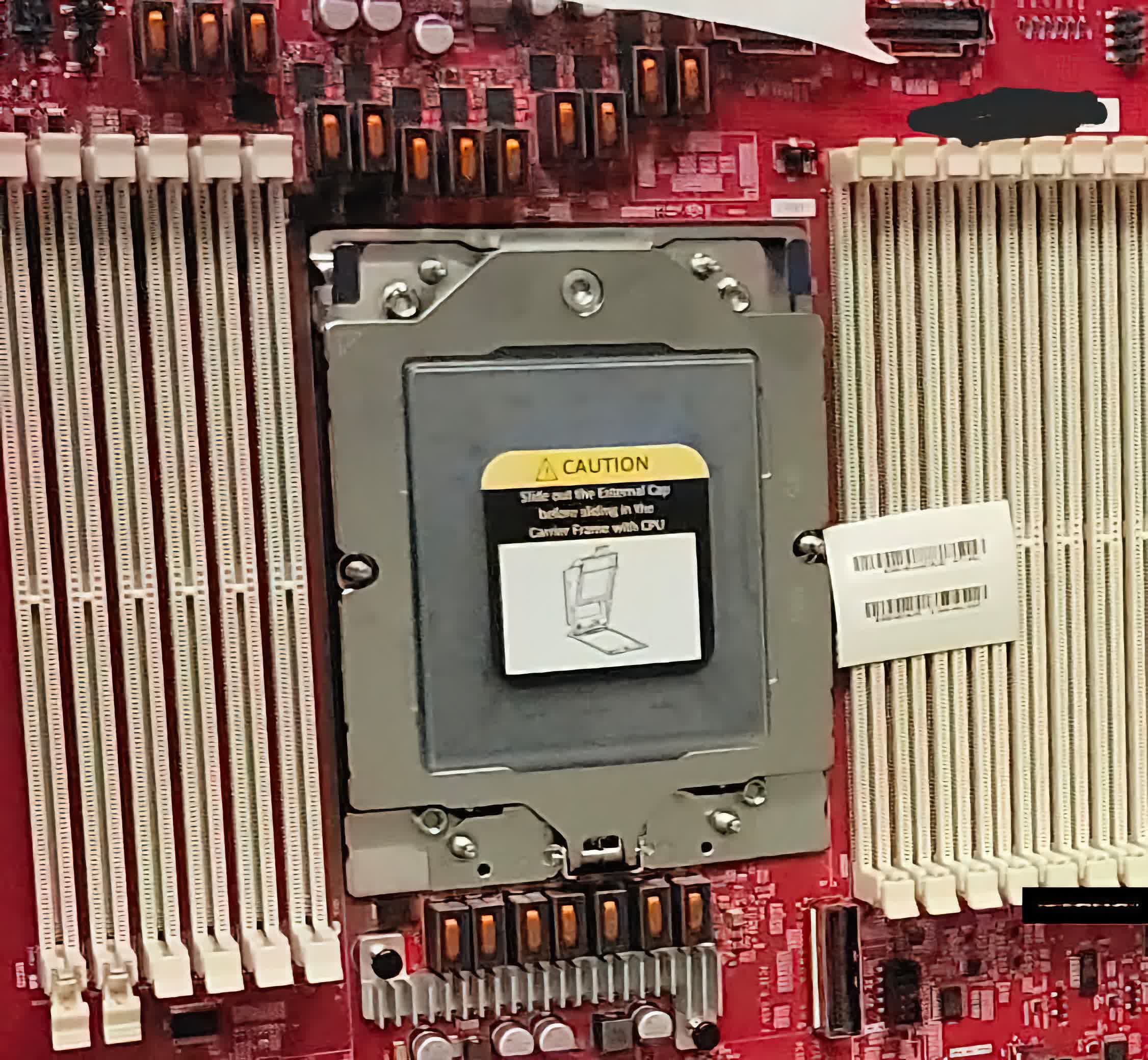
A member of the ServeTheHome forums has posted the first photo of the socket (above) and it shows how enormous it is compared to some memory slots. It looks like the photo is of an engineering sample board of some sort that might even have two sockets, judging by the layout of the memory.
In the photo, the socket uses the retention hardware described in the documents leaked in the Gigabyte hack last year, which confirms that it is SP5. Because of its size, it likely needed a new retention mechanism to secure it evenly while sandwiched between the motherboard and cooler.
Pictured below: AMD Epyc 7004 'Genoa' processor, via Chiphell
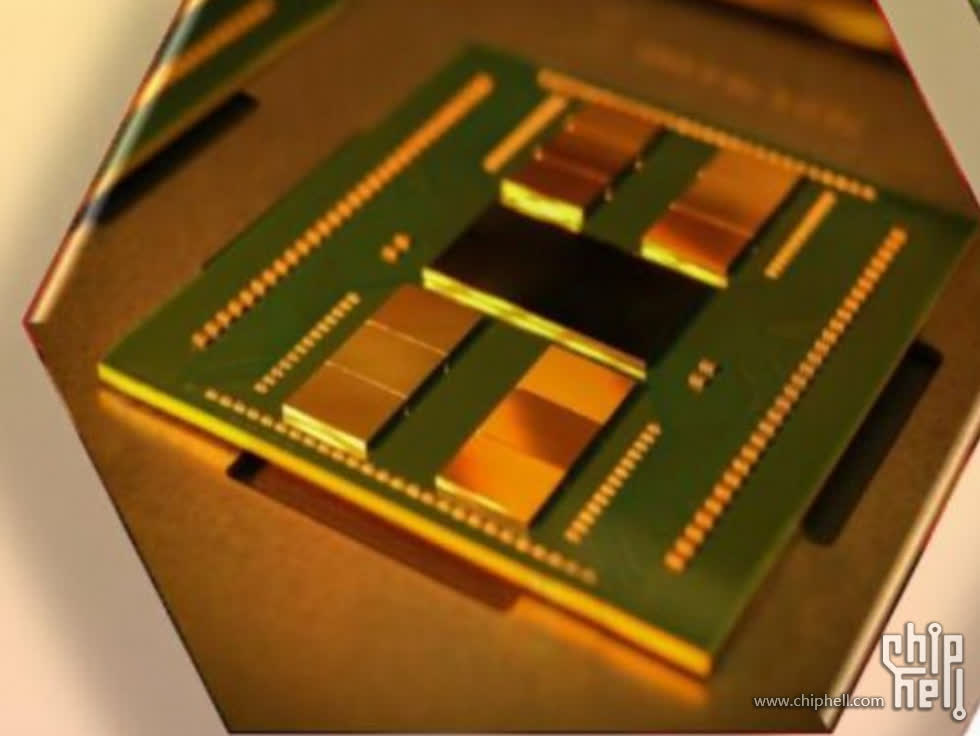
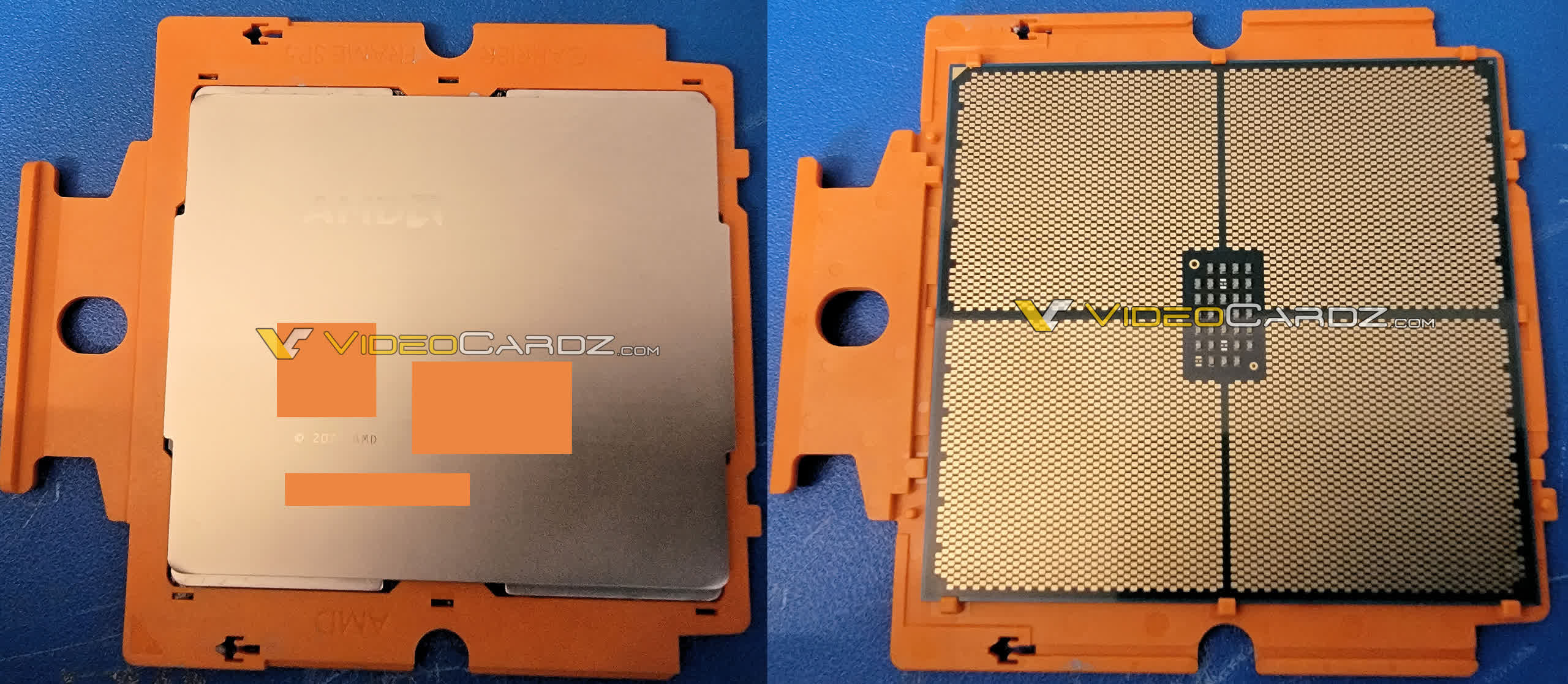
In these two photos of an alleged 16-core Genoa part, from VideoCardz, you can see just how large they've become. In numbers, each processor's package is about 75 mm by 72 mm, almost four times the size of a regular Ryzen processor.
AMD has said that Genoa parts are already shipping to key partners, which is likely who we have to thank for these photos. A full release is slated for later this year, possibly in Q3.
https://www.techspot.com/news/94124-check-out-fist-sized-socket-next-gen-amd.html
